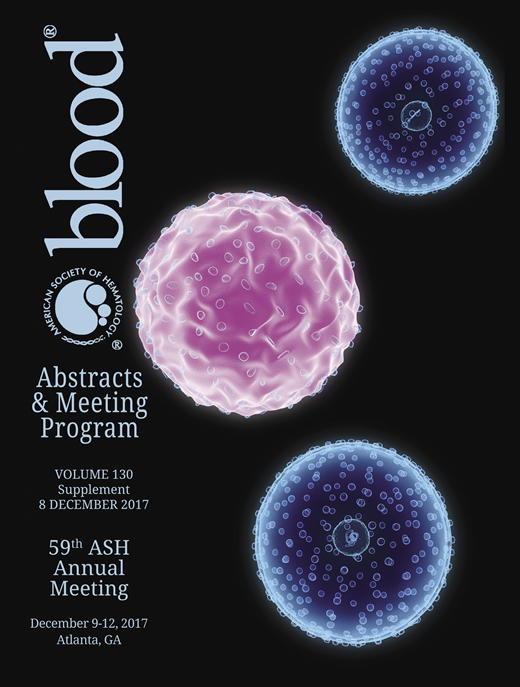Abstract
Radium-223 dichloride (radium-223, Xofigo®), a targeted alpha therapy, is currently used for the treatment of patients with castration-resistant prostate cancer with bone metastases. It is a calcium-mimetic that binds to hydroxyapatite in the bone and targets areas of increased bone turnover surrounding cancer lesions. It has been shown that osteoblasts incorporate Radium-223 into the bone matrix in vitro . Radium-223 inhibits disease progression by reducing tumor growth and tumor-induced pathological bone reaction in breast and prostate cancer mouse models. Multiple myeloma (MM) is a plasma-cell malignancy characterized by increased osteoclast and reduced or no osteoblast activity. Bortezomib (Velcade®), an approved treatment for MM, restores the impaired osteoblast activity in MM. Lenalidomide (Revlimid®) induces apoptosis in MM cells and disrupts the interaction between the myeloma cell and its microenvironment. Here, we report results including the effects of radium-223, bortezomib and their combination on mouse MM 5TGM1 cell proliferation in vitro . Furthermore, the anti-tumor effect of the combination of radium-223 with either bortezomib or lenalidomide on the bone lesions and tumor burden in the syngeneic 5TGM1 mouse MM model has been evaluated.
Proliferation assays were performed with the mouse MM 5TGM1 cells using CellTiter-Glo® Luminescent Cell Viability Assay. In vivo experiments were performed in the syngeneic 5TGM1 mouse MM model. This model recapitulates many features of human MM including monoclonal paraprotein as well as pronounced osteolytic bone lesions. In the combination study radium-223 and bortezomib, female 7-week-old C57BL/KaLwRij mice (n=15/group) were inoculated with 5TGM1 cells via tail vein. The administration of radium-223 (300 kBq/kg, single i.v. injection) and/or bortezomib (1 mg/kg i.p., twice a week) or vehicle control was initiated 26 days later. In addition, the effect of the combination of radium-223 and lenalidomide was tested in a separate experiment using an early therapeutic setting in the syngeneic 5TGM1 MM model. The development of osteolytic lesions was monitored by radiography. Tumor cell apoptosis and necrosis were analyzed in histological samples of the hind limbs. TRACP-stained osteoclasts were counted at the tumor-bone interface. Hind limbs were also used for total activity measurement performed by a gamma-counter. The whole-body anti-tumor effect was determined measuring paraprotein (IgG2b) concentration in serum samples in the in vivo studies.
Radium-223 inhibited proliferation of 5TGM1 cancer cells at 800 Bq/ml and bortezomib at 25 nM concentrations. Combination of radium-223 with bortezomib showed increased inhibition of cell proliferation in vitro . The 5TGM1 in vivo model demonstrated that both bortezomib and radium-223 decreased the tumor-induced osteolytic bone lesion area as monotherapy (p<0.05 and p<0.01, respectively), with the combination being more effective than either monotherapy alone (p<0.001). Bortezomib decreased the number of osteoclasts at the tumor-bone interface (p<0.05) and an additive decrease was observed with combination therapy with radium-223 (p<0.01) resulting in almost complete eradication of osteoclasts. The number of apoptotic cells was increased in the radium-223 group, and an increase of necrotic area was observed in the combination group of radium-223 and bortezomib. Tumor burden was lower in groups receiving either bortezomib or bortezomib and radium-223 combination as determined by serum paraprotein (IgG2b). Incorporation of radium-223 to bone was higher with combination therapy based on total activity measurements. All treatments were well tolerated in terms of fatal toxicities, cachexia and body weight loss.
In conclusion, radium-223 therapy in combination with bortezomib decreased the osteolytic lesion area, tumor burden and almost completely eradicated tumor-associated osteoclasts in the 5TGM1 mouse model of myeloma bone disease. The incorporation of radium-223 to bone matrix around tumor lesions was improved, possibly via induction of osteoblast activity by bortezomib. These data provide a strong rationale for combination of radium-223 and bortezomib as possible effective therapy in MM. This is currently investigated in a Phase Ib/II trial in patients with early relapsed MM (NCT02928029).
Suominen: Pharmatest Services Ltd.: Employment, Equity Ownership. Kähkönen: Pharmatest Services Ltd.: Employment. Mäki-Jouppila: Pharmatest Services Ltd.: Employment. Rissanen: Pharmatest Services Ltd.: Equity Ownership. Luostarinen: Pharmatest Services Ltd.: Employment. Fagerlund: Pharmatest Services Ltd.: Employment, Equity Ownership. Sjöholm: Aurexel Life Sciences Ltd.: Employment. Alhoniemi: Avoltus Oy: Employment. Kakonen: Aurexel Life Sciences Ltd.: Employment, Equity Ownership. Siemeister: Bayer AG: Employment, Equity Ownership, Patents & Royalties. Mumberg: Bayer AG: Employment, Equity Ownership, Patents & Royalties. Halleen: Pharmatest Services Ltd.: Employment, Equity Ownership. Ziegelbauer: Bayer AG: Employment, Equity Ownership, Patents & Royalties. Scholz: Bayer AG: Employment, Equity Ownership, Patents & Royalties.
Author notes
Asterisk with author names denotes non-ASH members.

